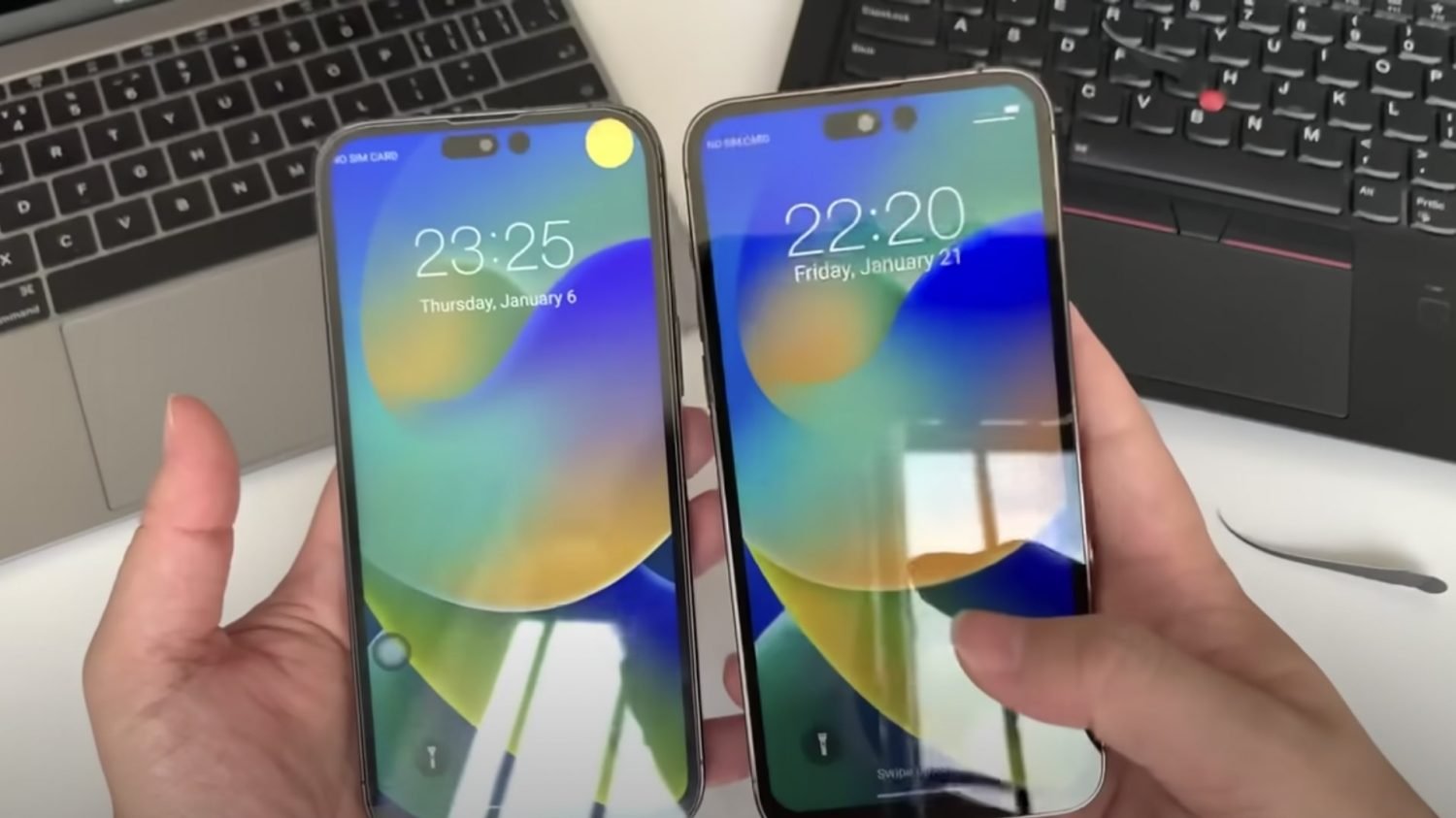Since the release of the iPhone 13 in September 2021, Apple fans have been holding their breath to see what the next generation of the iPhone will bring. This September, we are expecting to see major changes and an entirely new design.
Apple releases a new iPhone every year, but some years are more important than others. While the iPhone 13 series is great, we haven’t really had a redesigned iPhone since the iPhone X launched all the way back in 2018. We’re overdue for an update, and we’re ready for it.
Here are five features we’d like to see in the iPhone 14.
1. Even Better Battery Life
Battery life on the iPhone has come a long way over the years. Equipping the iPhone 13 with a slightly thicker body allowed Apple to squeeze in a significantly larger battery than the previous model. The battery of iPhone 13 will last for about 15 hours of video streaming. That’s about four hours longer than the iPhone 12, with the iPhone 13 Pro and Pro Max even longer.
These numbers are impressive, but your experience may vary. If you need to connect to a 5G network to get the fastest data speeds, you’ll run out your battery far faster than with 4G LTE. Heavy data streaming activities like cloud gaming can also drain the iPhone 13 Pro Max’s monster battery in a matter of hours.
Even though the latest iPhone lineup is packing some impressive battery life, we’d like to see more with the iPhone 14.
2. Promotions on all models
Apple brought ProMotion to the iPhone 13 Pro and Pro Max last year, but this year we want to see ProMotion to the entire iPhone 14 lineup.
ProMotion is Apple’s high-refresh-rate display technology. With ProMotion, your iPhone’s display can refresh up to 120Hz. That’s double what you’ll find on most smartphone displays. Having a high refresh rate means animations and movements are smooth, and games feel a lot more fluid.
High refresh- The biggest drawback of refresh rate displays is that they use more power, so your battery life will be affected. But Apple’s Promotion displays are adaptive, meaning the refresh rate can change on the fly depending on what you’re doing.
If you’re reading something or viewing a still image, the refresh rate slows down to 10Hz, barely working at all. But while animations are playing, ProMotion can increase the refresh rate of your display to give you the smoothest possible experience.
This means you can get all the benefits of a 120Hz screen, without affecting your phone’s battery life. There are many reasons to like ProMotion, but for now it’s still a premium feature. We want Apple to bring the promotion to all iPhone models so that everyone can have the most fluid experience on their iPhone.
3. No More Notch
When the iPhone X launched all the way back in 2018, Apple finally decided to drop the bezels and give us an all-screen iPhone. well almost. During that release we were also introduced to the now infamous notch.
Last year, when we got the iPhone 13, Apple finally fell down the notch. The notch on the iPhone 13 series is about 20% smaller than on the iPhone 12. Although the notch has become smaller, it is still very noticeable. Even worse, nothing on iOS is using up the extra screen real estate.
While iPhone users are still dealing with the notch, many Android phones have adopted hole-punch displays, popout selfie cameras, and other solutions to create a true all-screen phone. Samsung also brought an under-screen selfie camera to the Galaxy Z Fold 3.
We’ve gotten used to the notch over the years, but although we’ve learned to live with it, we’re finally ready to say goodbye.
4. Return of Touch ID
Face ID is great, but we need Touch ID too. Although it has had its fair share of skeptics, Face ID has proven itself to be secure, reliable, and fast over the years.
But, it is still not complete. If you don’t hold your phone in the right way, Face ID won’t recognize you, and you may have trouble getting into your phone if your face is covered by something.
We have spent the last few years dealing with a pandemic, and for many, masks have become a part of their daily lives. But Face ID has trouble recognizing faces wearing masks. A simple solution to the shortcomings of Face ID is a fingerprint sensor.
Apple changed the game when it introduced Touch ID on the iPhone 5S, but it seems to have abandoned that idea for the iPhone.
Meanwhile, many Android phones are now shipping with a fingerprint scanner built into their power button, or even a scanner built into their displays. It allows users to access their phones quickly and securely whether their face is covered or not.
